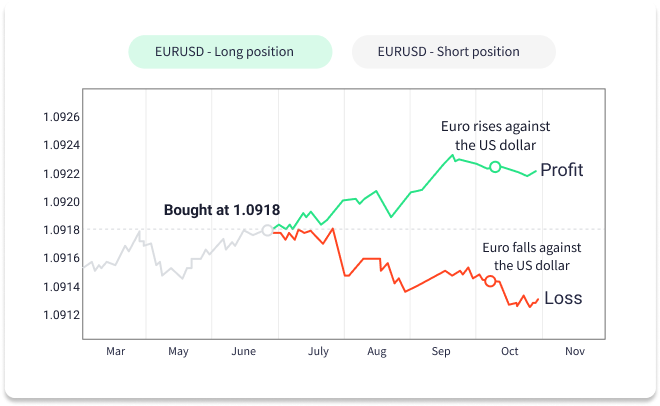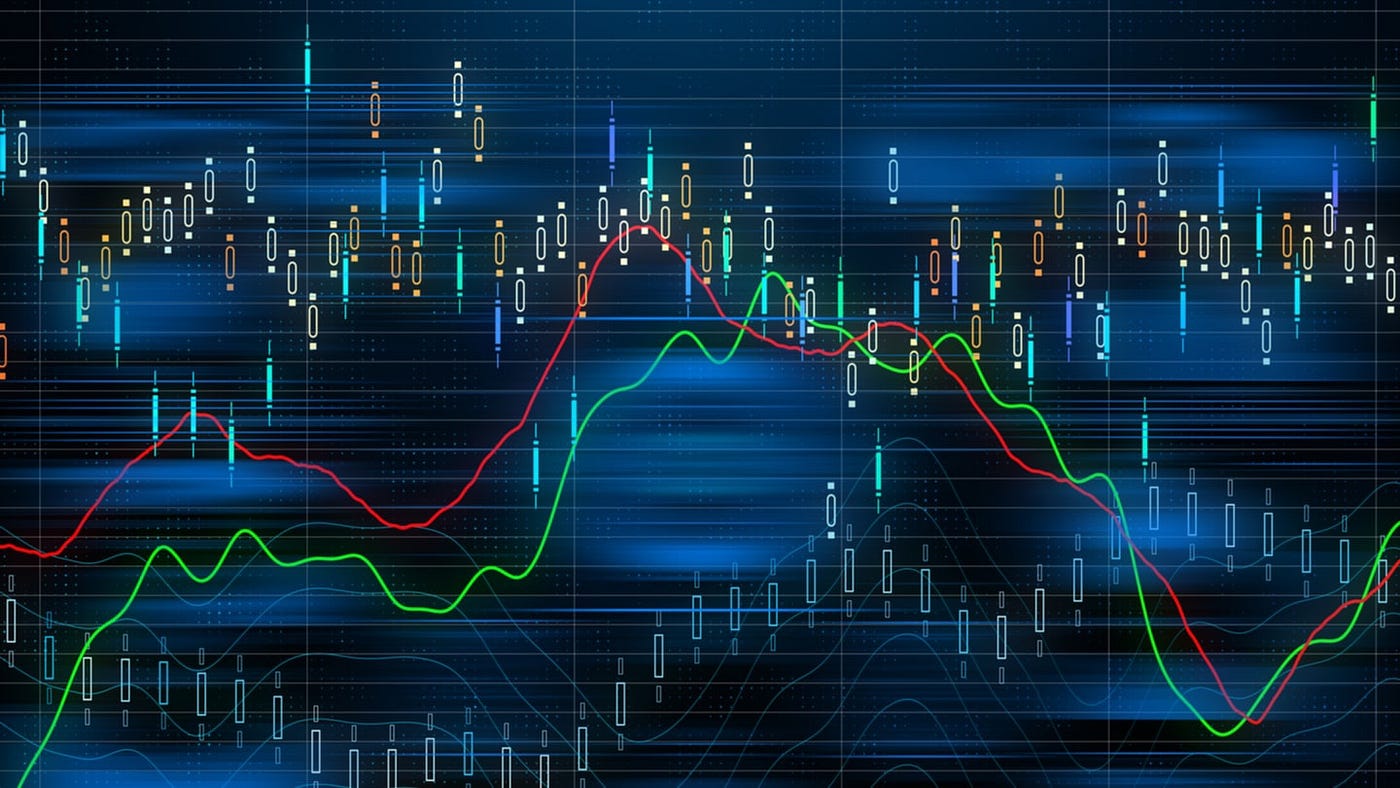Description
Forex trading, short for foreign exchange trading, is the global marketplace for buying and selling currencies. It is the largest and most liquid financial market in the world, with a daily turnover that exceeds $6 trillion. Forex trading provides an opportunity for individuals to participate in the dynamic and decentralized nature of the global currency exchange, making it a popular choice for traders and investors alike.
For beginners venturing into the world of Forex trading, understanding the basics is crucial. At its core, Forex trading involves the simultaneous buying of one currency and selling of another. The goal is to profit from the fluctuations in exchange rates between different currencies. The most commonly traded currencies include the US Dollar (USD), Euro (EUR), Japanese Yen (JPY), British Pound (GBP), and Swiss Franc (CHF), among others.
Key Concepts for Beginners:
- Currency Pairs:
- In Forex trading, currencies are quoted in pairs. Each pair consists of a base currency and a quote currency. For example, in the currency pair EUR/USD, the Euro is the base currency, and the US Dollar is the quote currency. The exchange rate reflects how much of the quote currency is needed to purchase one unit of the base currency.
- Market Participants:
- Various participants contribute to the Forex market, including central banks, financial institutions, corporations, and individual traders. The interplay between these participants influences currency prices.
- Leverage and Margin:
- Leverage allows traders to control a larger position with a relatively small amount of capital. While leverage can amplify profits, it also increases the risk of significant losses. Margin is the amount of money required to open a leveraged position.
- Market Analysis:
- Successful Forex trading requires a solid understanding of fundamental and technical analysis. Fundamental analysis involves evaluating economic indicators, interest rates, and geopolitical events, while technical analysis uses charts and technical indicators to identify trends and potential entry/exit points.
- Risk Management:
- Managing risk is essential in Forex trading. Traders employ various risk management strategies, including setting stop-loss orders to limit potential losses and diversifying their portfolios.
- Trading Platforms:
- Forex trading is facilitated through online platforms provided by brokers. These platforms offer tools for market analysis, order execution, and account management. It’s crucial for beginners to choose a reliable and user-friendly platform.
- Continuous Learning:
- The Forex market is dynamic and influenced by various factors. Continuous learning is essential for staying informed about market trends, economic events, and evolving trading strategies.
- Demo Trading:
- Before risking real capital, beginners can practice trading in a risk-free environment using demo accounts provided by most brokers. This allows them to familiarize themselves with the trading platform and test strategies without financial risk.
In conclusion, Forex trading for beginners involves acquiring knowledge, honing analytical skills, and developing a disciplined approach to risk management. While the potential for profit is substantial, it’s essential to approach Forex trading with caution, discipline, and a commitment to continuous learning. By understanding the fundamentals and employing sound trading strategies, beginners can navigate the complexities of the Forex market and work towards achieving their financial goals.






Kikelomo –
As a beginner, I appreciated the systematic approach of this course. It covers everything from the basics to advanced strategies, providing a well-rounded education. The interactive elements kept me engaged, and I feel confident entering the forex market after completing this course.
Martin –
What sets this course apart is its emphasis on practical application. The lessons are not just theoretical; they guide you through real-world scenarios. The instructor’s approach makes it easy for beginners to understand and implement strategies.
Alasan –
I started with little knowledge about forex trading, but this course provided an exceptional foundation. The explanations are clear, and the practical examples helped me grasp complex concepts. It’s a must for anyone starting in the forex world.